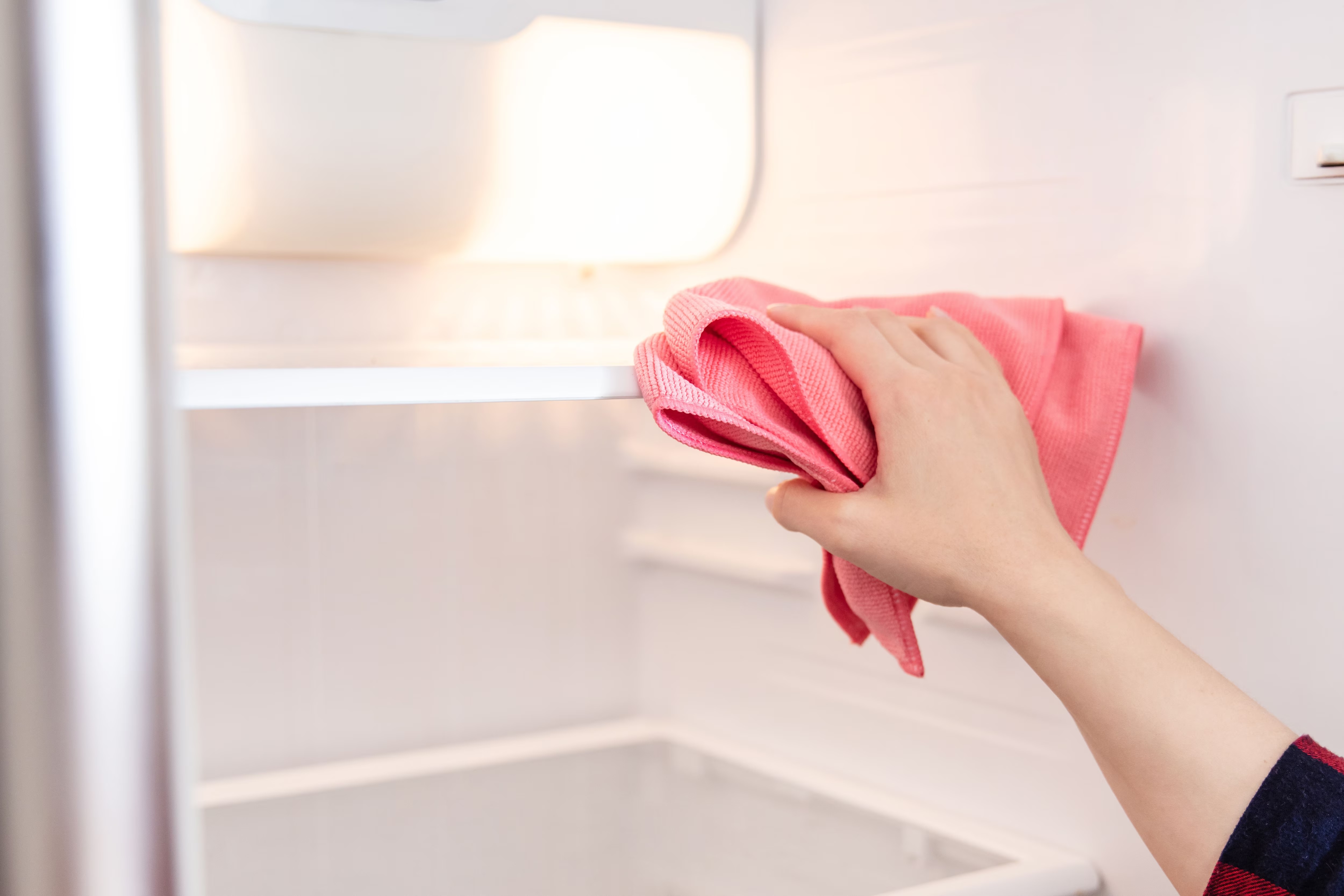

Articles
How To Clean Mold In Refrigerator
Modified: August 30, 2024
Discover effective methods and tips for cleaning mold in your refrigerator with our informative articles. Protect your food and maintain a clean and healthy environment.
(Many of the links in this article redirect to a specific reviewed product. Your purchase of these products through affiliate links helps to generate commission for Storables.com, at no extra cost. Learn more)
Introduction
Molds are a common problem that can occur in various areas of our homes, including the refrigerator. The presence of mold not only compromises the cleanliness and hygiene of the refrigerator but also poses potential health risks. That’s why it’s crucial to address mold growth promptly and effectively.
In this article, we will delve into the process of cleaning mold in a refrigerator and provide you with step-by-step guidelines to ensure a thorough and safe cleaning. Additionally, we will discuss safety precautions to keep in mind and share tips on maintaining a mold-free refrigerator.
Understanding the nature of mold growth in refrigerators is the first step towards effectively combating this issue. Mold thrives in moist and dark environments, and a refrigerator provides the perfect conditions for its growth. The presence of food spills, condensation, and improper ventilation further contribute to mold development.
Not only can mold make your refrigerator look unsightly, but it can also contaminate your food, leading to potential health hazards. Mold spores can cause allergic reactions, respiratory problems, and can exacerbate existing health conditions. Therefore, it is essential to address mold growth as soon as it is detected.
Before we dive into the cleaning process, let’s discuss some crucial safety precautions to ensure your well-being during this task. It is advisable to wear protective gloves, a mask, and goggles to prevent direct contact with mold spores and minimize the risk of inhalation. Working in a well-ventilated area is also recommended to reduce exposure to mold and its associated odors.
Now that we have covered the basics, let’s move on to the steps involved in cleaning the mold in your refrigerator. By following these guidelines, you can effectively remove mold and restore the cleanliness of your appliance.
Key Takeaways:
- Combat mold in your refrigerator by following safety precautions, using a vinegar solution to clean, and paying special attention to rubber gaskets and seals. Keep your fridge mold-free for a healthier home environment.
- Prevent mold growth in your refrigerator by regularly checking for spills, properly sealing food, and maintaining ventilation. Proactive maintenance ensures a clean, hygienic, and mold-free refrigerator for safe food storage.
Read more: How To Clean Mold On A Carpet
Understanding Mold in Refrigerators
Mold in refrigerators can be a common occurrence due to the combination of moisture, food spillage, and improper ventilation. Understanding how mold develops in refrigerators can help us prevent and address this issue effectively.
One of the main factors leading to mold growth in refrigerators is excess moisture. This can come from various sources, such as food spills, condensation, and high humidity levels. When moisture accumulates in the refrigerator, it creates a conducive environment for mold to flourish.
Another contributing factor is the presence of organic matter, such as food particles or spills. Mold spores are naturally present in the air, and when they come into contact with these organic materials, they can begin to colonize and grow.
Poor ventilation in a refrigerator can also exacerbate mold growth. Without proper airflow, moisture can become trapped, creating a stagnant environment where mold can thrive.
It is important to note that not all molds are harmful, but they can still cause issues in terms of cleanliness and food safety. Additionally, some people may be more sensitive to mold spores and can experience allergic reactions or respiratory problems when exposed.
Identifying mold in your refrigerator is relatively easy. Visible signs of mold include black or green patches on shelves, walls, or rubber gaskets. You may also notice a musty odor emanating from the appliance.
Now that we have a better understanding of how mold develops in refrigerators, it is crucial to address it promptly to prevent further growth and potential health hazards. In the next section, we will discuss the necessary safety precautions to ensure a safe and effective cleaning process.
Safety Precautions
When dealing with mold in your refrigerator, it is essential to take certain safety precautions to protect yourself from potential health risks. Mold spores can be allergenic or even toxic, so following these safety measures is crucial.
Here are some important safety precautions to keep in mind:
- Wear protective gear: Before starting the cleaning process, make sure to wear protective gloves, a mask, and goggles. This will help minimize the risk of mold spores coming into contact with your skin or being inhaled.
- Work in a well-ventilated area: Proper ventilation is important to ensure that any airborne mold spores disperse and don’t accumulate in the surrounding area. Open windows and doors, turn on fans, or use an exhaust system if available.
- Avoid direct contact with mold: Try not to touch mold patches directly with your bare hands as this may lead to skin irritation or allergic reactions. Use gloves or a cloth to handle contaminated surfaces.
- Dispose of contaminated items properly: If you come across food items or other materials that are heavily contaminated with mold, it is advisable to place them in a sealed bag and dispose of them immediately. This will prevent further spread of mold spores.
- Take breaks and stay hydrated: Mold remediation can be physically demanding, so make sure to take breaks and stay properly hydrated throughout the cleaning process. This will help you maintain your energy levels and focus.
- Keep children and pets away: While cleaning, it’s best to keep children and pets away from the affected area to avoid their exposure to mold spores and the cleaning products being used.
- Follow manufacturer’s instructions: If you are using any specialized cleaning products, make sure to read and follow the manufacturer’s instructions carefully. This will ensure that you are using the product correctly and safely.
By following these safety precautions, you can minimize the risks associated with dealing with mold in your refrigerator. Taking these necessary steps will protect your health while effectively cleaning and removing the mold. Now that we have addressed the safety aspect, let’s move on to the step-by-step process of cleaning mold in a refrigerator.
Steps to Clean Mold in a Refrigerator
Now that we have the necessary safety precautions in mind, let’s dive into the step-by-step process of cleaning mold in your refrigerator. By following these guidelines, you can effectively remove mold and restore the cleanliness of your appliance.
- Empty the refrigerator: Begin by removing all the items from your refrigerator and placing them in a cooler with ice packs to keep them fresh during the cleaning process.
- Inspect and discard contaminated items: Check all the food items for signs of mold or contamination. Any items that show signs of mold growth or have been in close contact with mold should be disposed of immediately to prevent the spread of spores.
- Remove shelves, drawers, and other removable parts: Take out all removable parts, such as shelves, drawers, and trays. These can be soaked and cleaned separately to ensure thorough removal of mold and prevent cross-contamination.
- Prepare a cleaning solution: Mix a solution of one part white vinegar and one part water in a spray bottle. Vinegar is an effective natural cleaner that helps kill mold and remove its stains.
- Clean the removable parts: Spray the vinegar solution onto the shelves, drawers, and trays, ensuring complete coverage. Use a scrub brush or sponge to scrub away any visible mold or stains. Rinse thoroughly and dry before placing them back in the refrigerator.
- Clean the refrigerator interior: Spray the vinegar solution onto the walls, ceiling, and all other interior surfaces of the refrigerator. Let it sit for a few minutes to allow the vinegar to penetrate the mold. Then, use a sponge or cloth to scrub away the mold and stains.
- Pay attention to rubber gaskets and seals: Mold can often accumulate in the rubber gaskets or seals of the refrigerator. Use a toothbrush soaked in the vinegar solution to clean these areas thoroughly. Make sure to clean both the visible side and the hidden crevices.
- Rinse and dry: After cleaning, use a damp cloth or sponge to rinse off any residual vinegar from the surfaces. Then, dry the interior with a clean towel or allow it to air dry completely.
- Replace the cleaned components and restock the refrigerator: Once the refrigerator is dry, carefully place the cleaned shelves, drawers, and trays back in their respective positions. Then, return the food items to the refrigerator, making sure they are properly covered and organized.
Following these step-by-step instructions will help you effectively remove mold from your refrigerator. Remember to take your time and be thorough in cleaning all the surfaces. Now let’s move on to the next section, where we will focus on cleaning the rubber gaskets and seals in more detail.
Removing Mold from Shelves and Drawers
When it comes to cleaning mold in refrigerators, it’s important to pay special attention to the shelves and drawers. These components often come into direct contact with food items and can harbor mold spores if not cleaned properly. Here are the steps to effectively remove mold from shelves and drawers:
- Remove the shelves and drawers: Carefully take out all the shelves, drawers, and trays from the refrigerator. Place them on a clean surface or in a sink for further cleaning.
- Inspect and discard heavily contaminated items: Check each shelf and drawer for signs of mold growth. If any item shows extensive contamination, it is best to dispose of it to prevent further spread of mold spores.
- Prepare a cleaning solution: Mix equal parts of warm water and mild dish soap in a bowl or basin. Stir the solution thoroughly to create a soapy mixture.
- Scrub the shelves and drawers: Dip a sponge or scrub brush into the soapy water solution and scrub each shelf and drawer thoroughly. Pay close attention to any visible mold growth or stains. Scrub all sides, corners, and crevices to ensure comprehensive cleaning.
- Rinse with clean water: After scrubbing, rinse the shelves and drawers with clean water to remove any soap residue. Make sure to rinse thoroughly to avoid leaving any soap behind.
- Dry completely: Once rinsed, dry the shelves and drawers thoroughly with a clean towel or allow them to air dry completely. Moisture can promote mold growth, so it’s important to ensure that these components are completely dry before placing them back in the refrigerator.
By following these steps, you can effectively remove mold from the shelves and drawers of your refrigerator. Remember to inspect the items carefully and discard heavily contaminated ones to prevent the spread of mold spores. Now, let’s move on to the next section, where we will focus on cleaning the interior of the refrigerator.
To clean mold in the refrigerator, mix 1 tablespoon of baking soda with 1 quart of water. Use a sponge or cloth to scrub the affected areas, then rinse with clean water and dry thoroughly. Keep the refrigerator clean and dry to prevent future mold growth.
Read more: How To Clean Ceilings And Moldings
Cleaning Mold in the Refrigerator Interior
Once you have taken care of removing mold from the shelves and drawers, it’s time to focus on cleaning the interior of the refrigerator itself. Follow these steps to effectively clean mold from the walls, ceiling, and other interior surfaces:
- Prepare a cleaning solution: Mix equal parts of water and white vinegar in a spray bottle. Vinegar is a natural and effective cleaner that helps kill mold and remove stains.
- Spray the vinegar solution: Thoroughly spray the vinegar solution onto the walls, ceiling, and all other interior surfaces of the refrigerator. Ensure complete coverage, especially in areas with visible mold growth or stains.
- Allow the solution to sit: Let the vinegar solution sit for a few minutes to allow it to penetrate the mold and loosen any stubborn stains.
- Scrub the surfaces: Use a sponge or cloth to scrub the interior surfaces of the refrigerator. Pay extra attention to areas with visible mold or stains. Scrub in circular motions and apply gentle pressure to remove the mold and any remaining residue.
- Rinse with clean water: After scrubbing, dampen a clean cloth or sponge with clean water and use it to rinse off any residual vinegar and mold residue. Make sure to remove all traces of vinegar solution.
- Dry thoroughly: Once rinsed, use a clean towel to dry the interior of the refrigerator. It’s important to ensure that all surfaces are completely dry to prevent moisture accumulation and the potential for future mold growth.
By following these steps, you can effectively clean mold from the interior of your refrigerator. Remember to be thorough in your cleaning and pay attention to all surfaces, corners, and crevices. Once the cleaning process is complete, we can move on to the next section where we will focus on cleaning the rubber gaskets and seals of the refrigerator.
Cleaning the Rubber Gasket and Seals
When cleaning mold in your refrigerator, it is important not to overlook the rubber gaskets and seals. These areas can easily accumulate mold and should be cleaned properly to ensure a thorough cleaning. Follow these steps to effectively clean the rubber gasket and seals:
- Prepare a cleaning solution: Mix equal parts of water and vinegar in a small bowl or container. Vinegar is a natural disinfectant that helps kill mold and remove stains.
- Soak a toothbrush in the cleaning solution: Dip a toothbrush into the vinegar and water solution, ensuring that the bristles are thoroughly soaked.
- Gently scrub the rubber gasket: Use the vinegar-soaked toothbrush to gently scrub the rubber gasket and seals of the refrigerator. Pay close attention to any visible mold growth or stains. Scrub both the visible surface and the hidden crevices where mold can often accumulate.
- Rinse the gasket: After scrubbing, use a clean, damp cloth or sponge to rinse off any residual vinegar and mold residue from the rubber gasket and seals.
- Dry with a clean towel: Once rinsed, dry the rubber gasket and seals thoroughly with a clean towel. It is important to ensure that these areas are completely dry to prevent moisture buildup and the potential for future mold growth.
By following these steps, you can effectively clean the rubber gasket and seals of your refrigerator. Regularly maintaining these areas will help prevent mold growth and improve the overall performance of your refrigerator. Now, let’s move on to the next section where we will discuss tips for maintaining a mold-free refrigerator.
Maintaining a Mold-Free Refrigerator
Once you have successfully cleaned mold from your refrigerator, it’s important to take preventive measures to maintain a mold-free environment. Here are some tips to help you keep your refrigerator clean and free from mold:
- Regularly check for spills and leaks: Routinely inspect your refrigerator for any spills or leaks. Clean up any spills immediately and fix any leaks to prevent moisture buildup.
- Wipe down surfaces regularly: Regularly wipe down the interior surfaces of your refrigerator with a mild detergent and water solution. This will help remove any potential food residue or moisture that could contribute to mold growth.
- Keep food properly sealed: Ensure that all food items stored in your refrigerator are properly sealed or covered. This prevents exposure to mold spores and helps maintain freshness.
- Follow storage guidelines: Pay attention to proper food storage guidelines. Certain foods are more prone to mold growth, so ensure they are stored in appropriate containers and consumed within their recommended shelf life.
- Regularly clean and replace filters: If your refrigerator has a water or air filter, make sure to clean or replace it according to the manufacturer’s instructions. This helps maintain proper air circulation and reduces the chances of mold growth.
- Keep your refrigerator well-ventilated: Ensure proper ventilation in and around your refrigerator. Avoid blocking air vents or placing items too close to the appliance, as this can hinder airflow and create moisture pockets.
- Inspect and clean the rubber gasket regularly: Regularly inspect the rubber gasket and seals of your refrigerator for any signs of mold growth or damage. Clean them as needed using a mild detergent and water solution.
- Open the refrigerator door only when necessary: Minimize the time the refrigerator door is open, as this allows warm air to enter and increases moisture levels. This can create a favorable environment for mold growth.
- Keep your refrigerator temperature at the recommended level: Set your refrigerator temperature to the optimal level recommended by the manufacturer. This helps prevent excessive moisture and inhibits mold growth.
By following these maintenance tips, you can proactively prevent mold growth and maintain a clean and hygienic refrigerator environment. Regular upkeep and adherence to these practices will ensure that your refrigerator remains mold-free and your stored food items stay fresh and safe.
Remember, preventing mold growth is easier than dealing with a mold-infested refrigerator, so it’s essential to incorporate these preventive measures into your routine. By doing so, you will not only extend the lifespan of your appliance but also promote a healthier and safer environment for your food storage needs.
Now that we have covered the steps to clean mold from a refrigerator and discussed tips for maintenance, you are equipped with the knowledge to effectively handle mold-related issues and maintain a mold-free refrigerator. Taking proactive steps to prevent mold growth will ensure the longevity and cleanliness of your appliance while prioritizing the safety of your stored food items.
It’s time to put these guidelines into action and enjoy a mold-free refrigerator!
Conclusion
Mold growth in a refrigerator can be a common and concerning issue, but with the right knowledge and actions, it can be effectively addressed and prevented. By understanding how mold develops in refrigerators and taking safety precautions, you can confidently tackle the cleaning process.
We discussed the step-by-step process of cleaning mold from shelves, drawers, the refrigerator interior, and the rubber gaskets and seals. Each step is essential in ensuring a thorough and mold-free refrigerator. It is crucial to follow safety precautions, wear protective gear, and work in a well-ventilated area to protect your health during the cleaning process.
Furthermore, we outlined the importance of preventing mold growth in a refrigerator through regular maintenance practices. Properly sealing and storing food, maintaining ventilation, and keeping the refrigerator clean and dry are key strategies to prevent mold from reoccurring.
Remember, taking proactive measures and being proactive in maintaining a mold-free refrigerator not only ensures the cleanliness and hygiene of your appliance but also safeguards the quality and safety of the food you and your family consume.
By following the guidelines provided in this article, you can confidently address mold issues in your refrigerator, maintain a clean and healthy environment, and extend the lifespan of your appliance.
Now that you are equipped with the knowledge to clean and prevent mold in your refrigerator, it’s time to take action. Don’t let mold jeopardize the cleanliness and safety of your refrigerator and food storage. Implement these steps and enjoy a mold-free refrigerator for years to come.
Stay mold-free, stay healthy!
Just tackled that pesky refrigerator mold? Great job! But keeping your home spick and span doesn't stop there. If you've spotted mold on any wood furniture, our guide on mold removal will show you effective cleaning techniques. Looking to ensure every nook and cranny is pristine? Don't miss our tips on refrigerator cleaning, focusing on those hard-to-reach areas under your fridge. And for those aiming to overhaul their fridge's cleanliness, our comprehensive cleaning tips will help you achieve a spotless look, both inside and out.
Frequently Asked Questions about How To Clean Mold In Refrigerator
Was this page helpful?
At Storables.com, we guarantee accurate and reliable information. Our content, validated by Expert Board Contributors, is crafted following stringent Editorial Policies. We're committed to providing you with well-researched, expert-backed insights for all your informational needs.
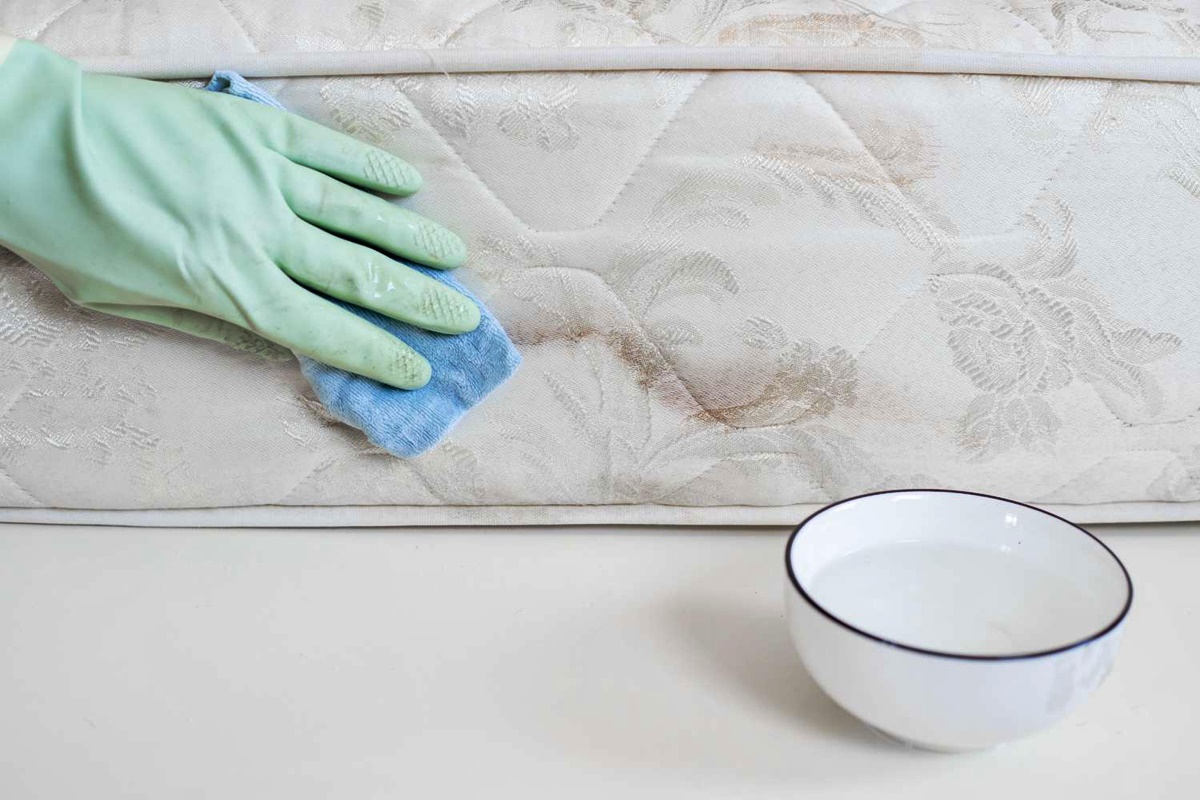
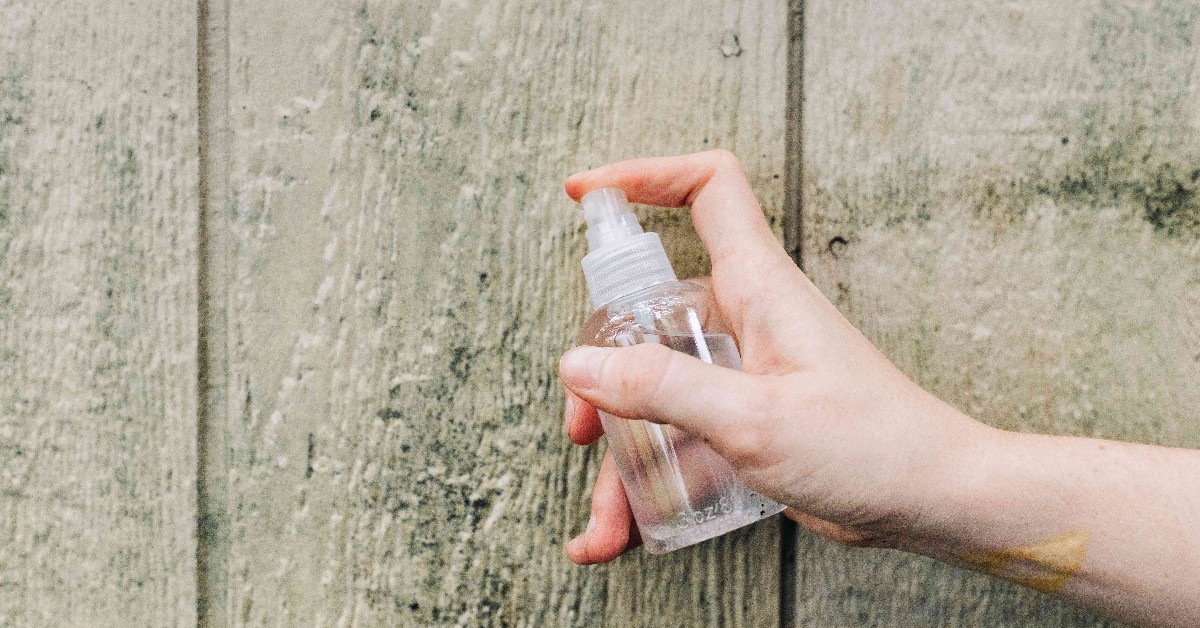
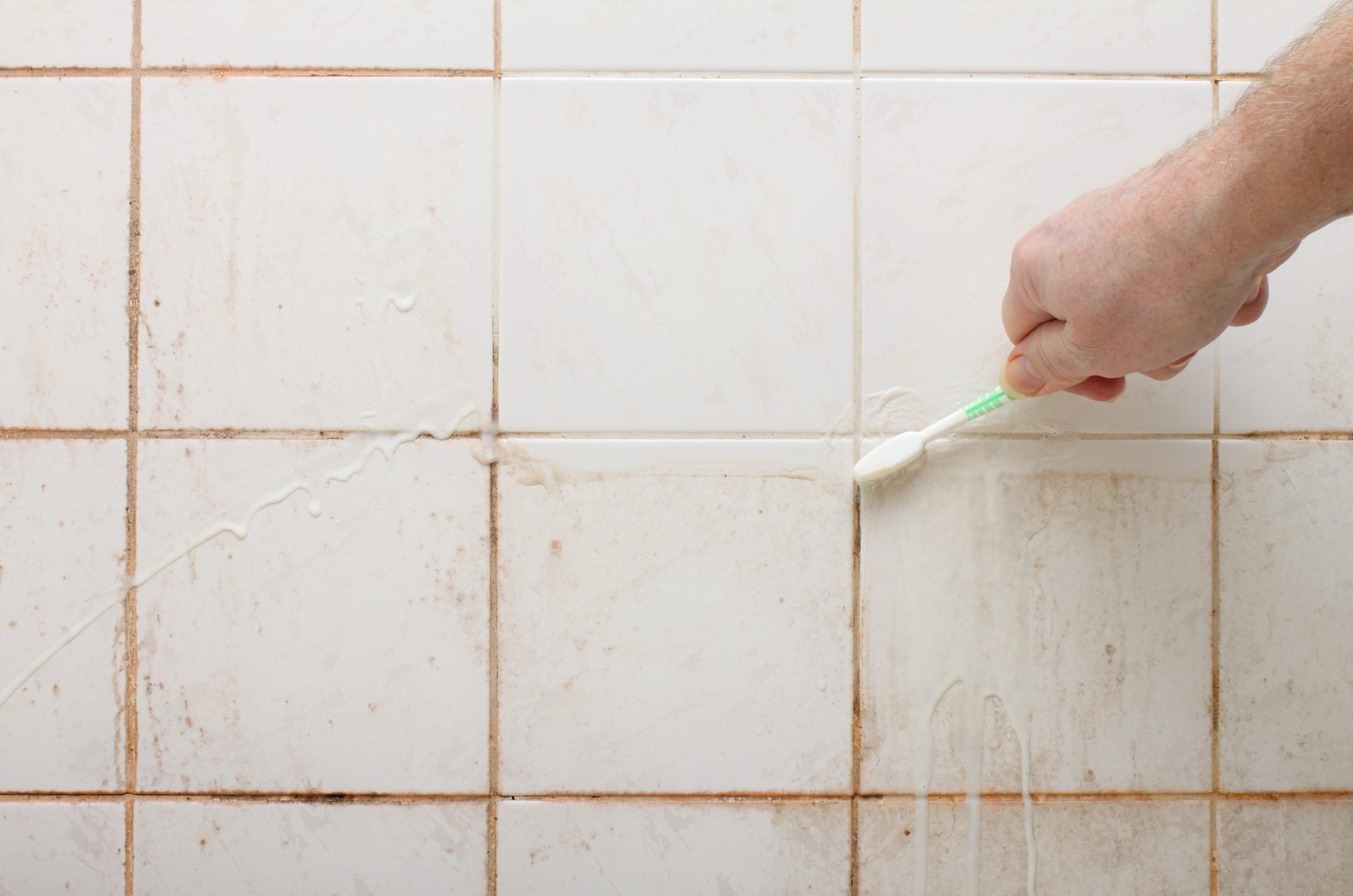
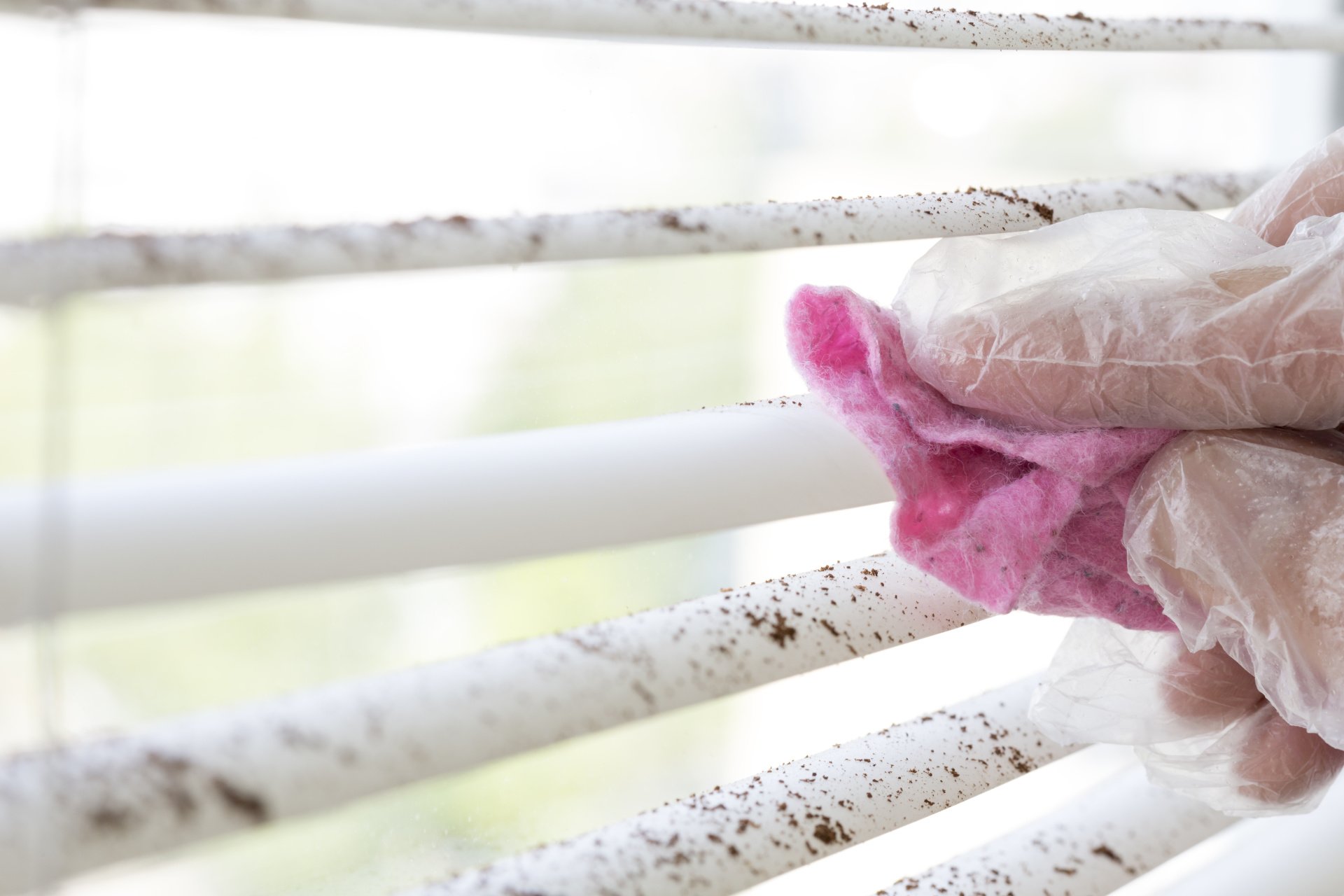
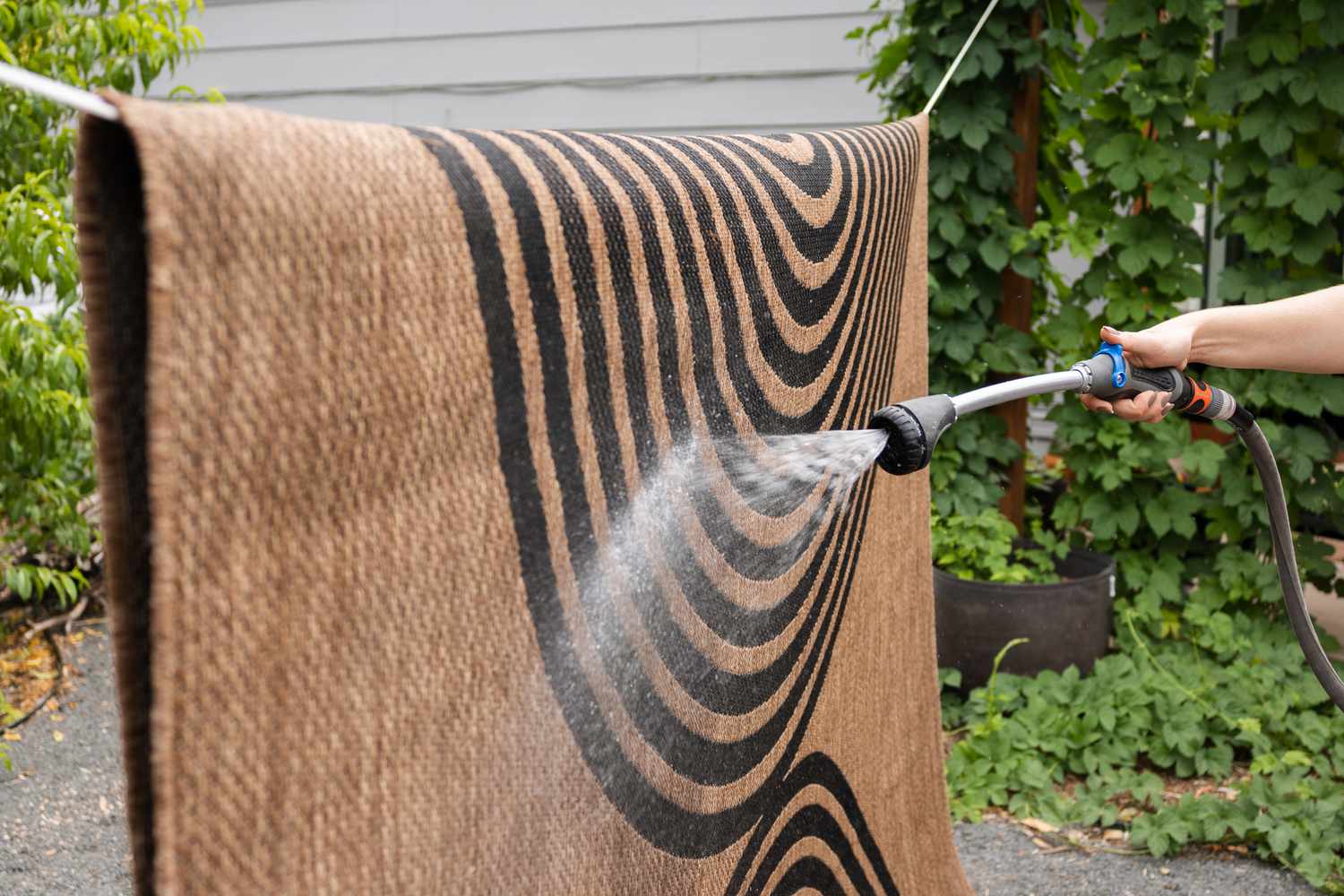
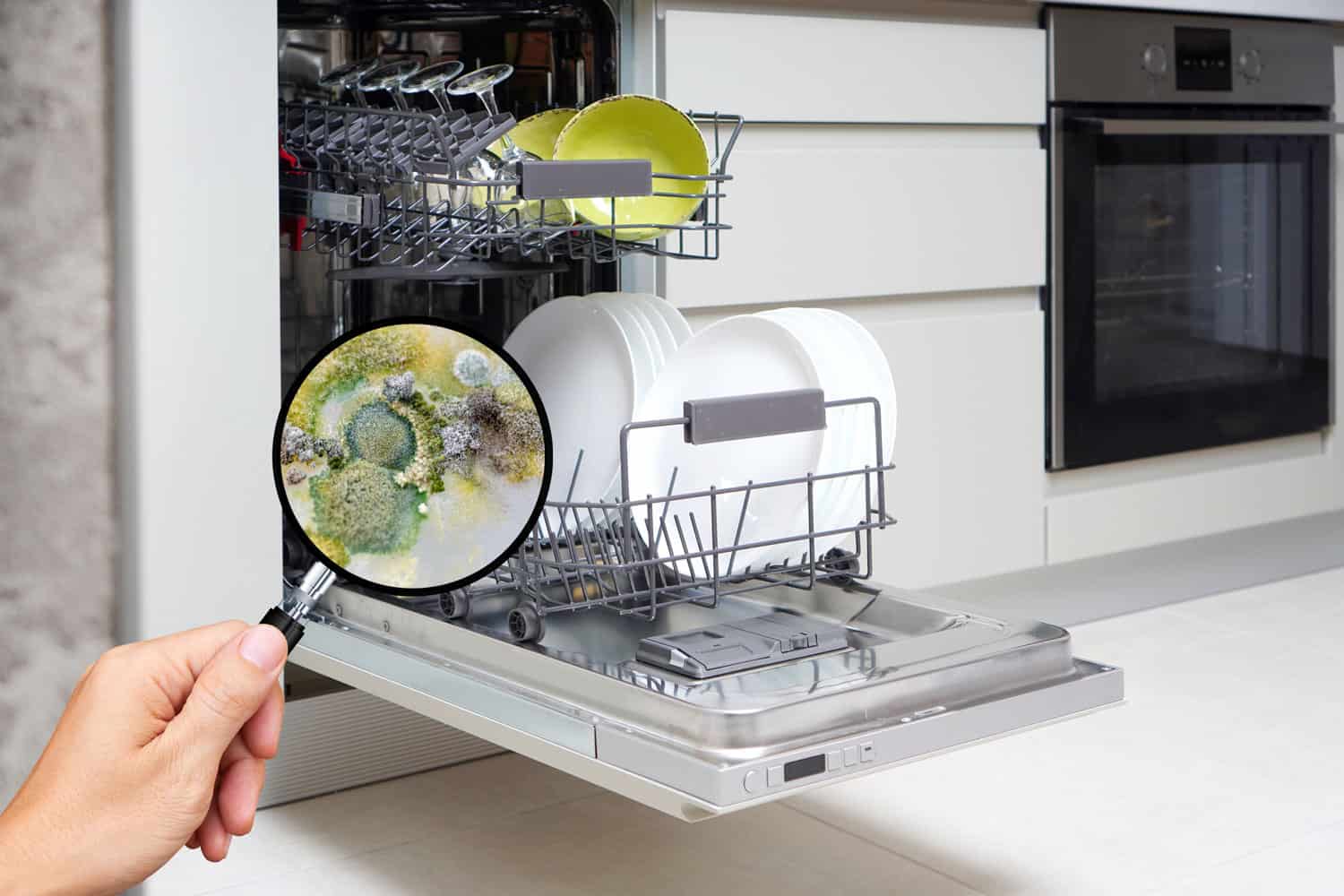
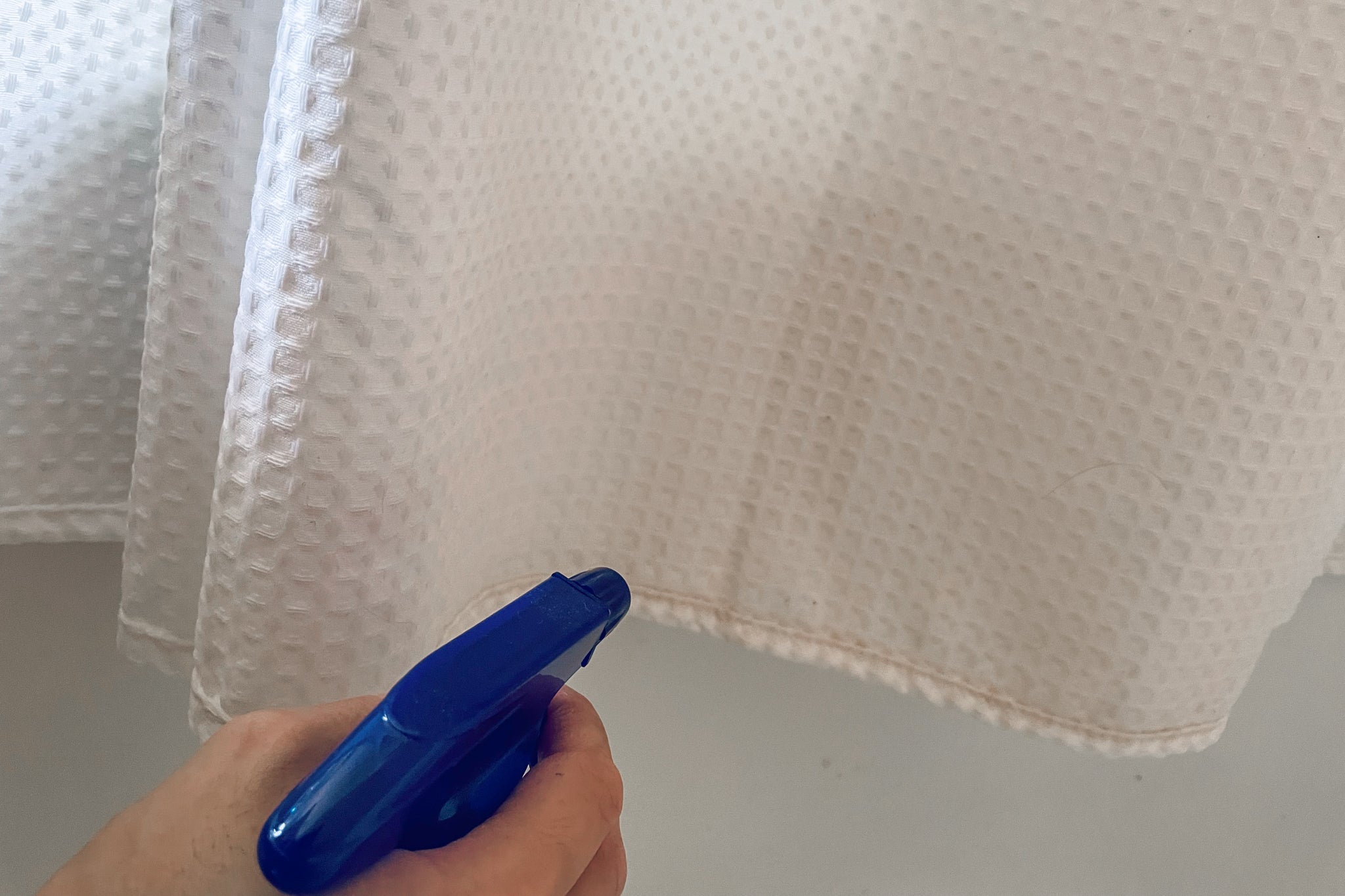
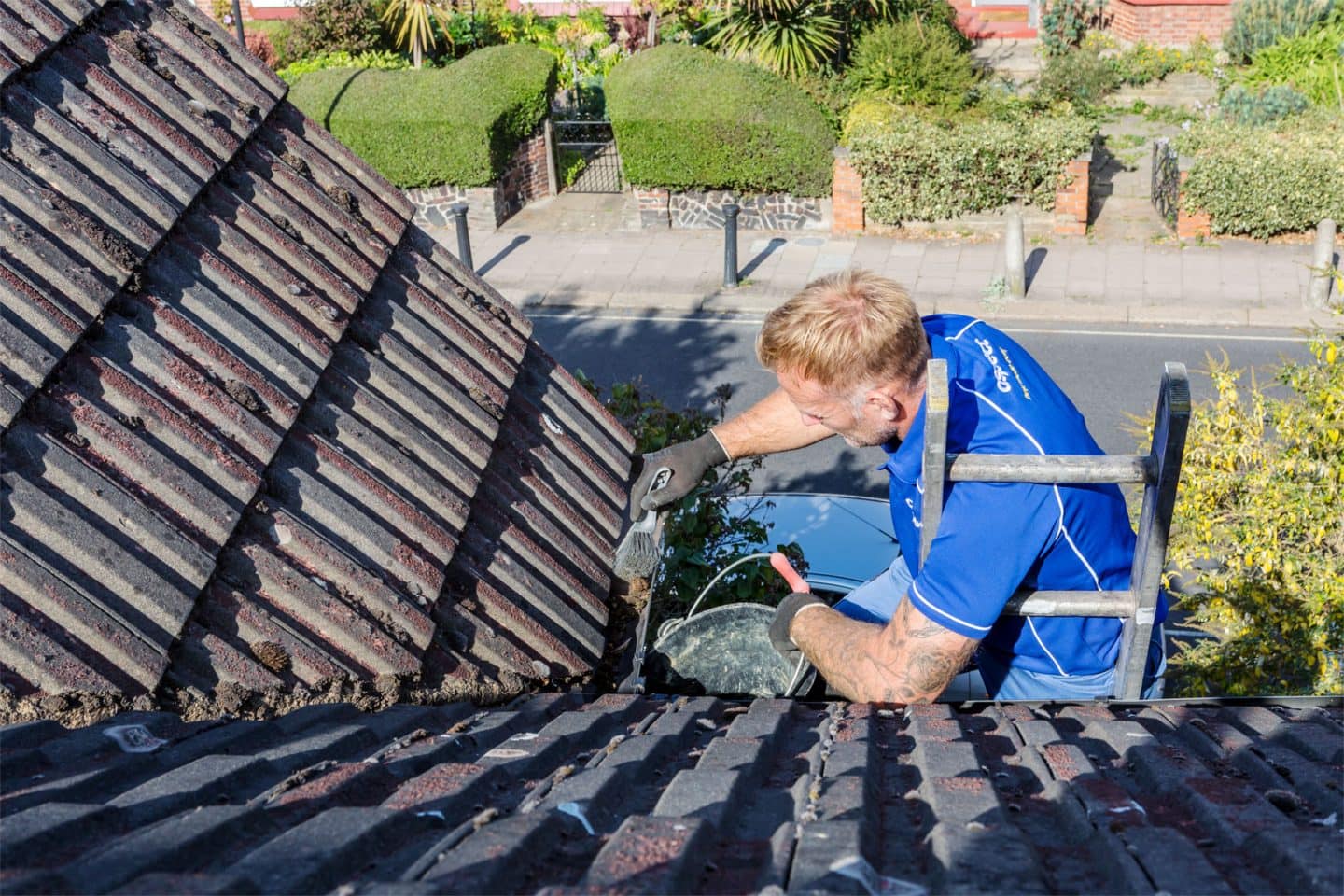
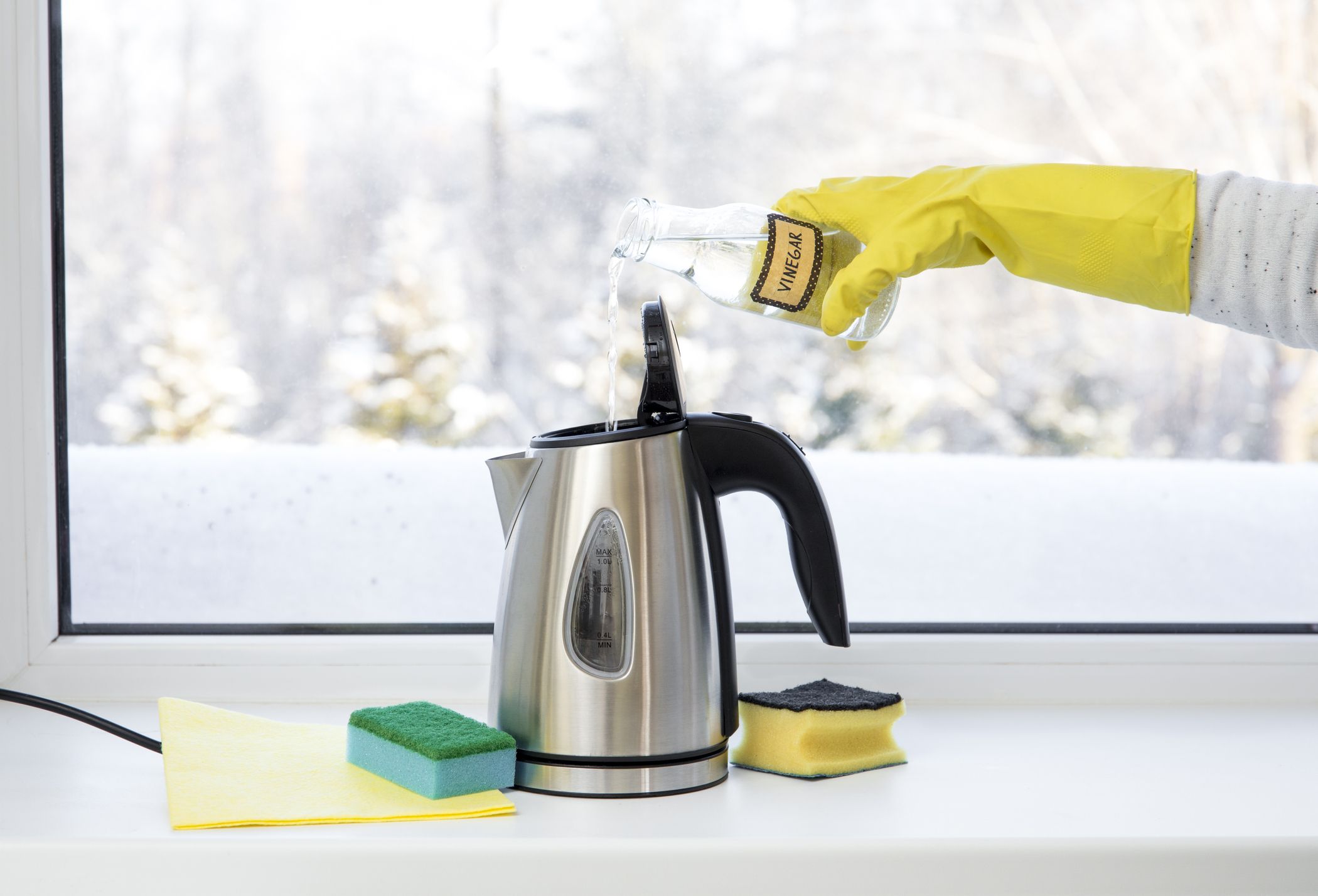
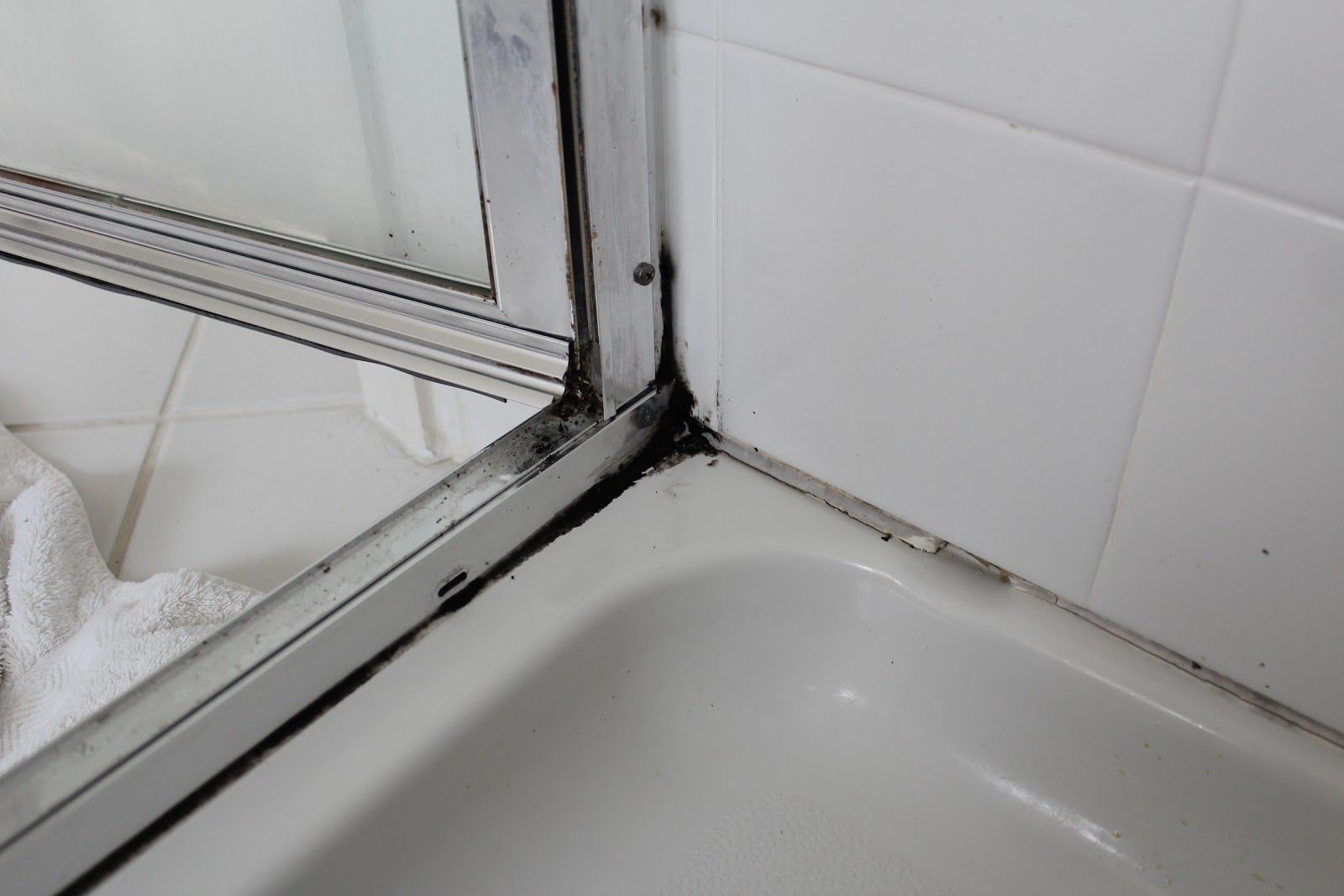

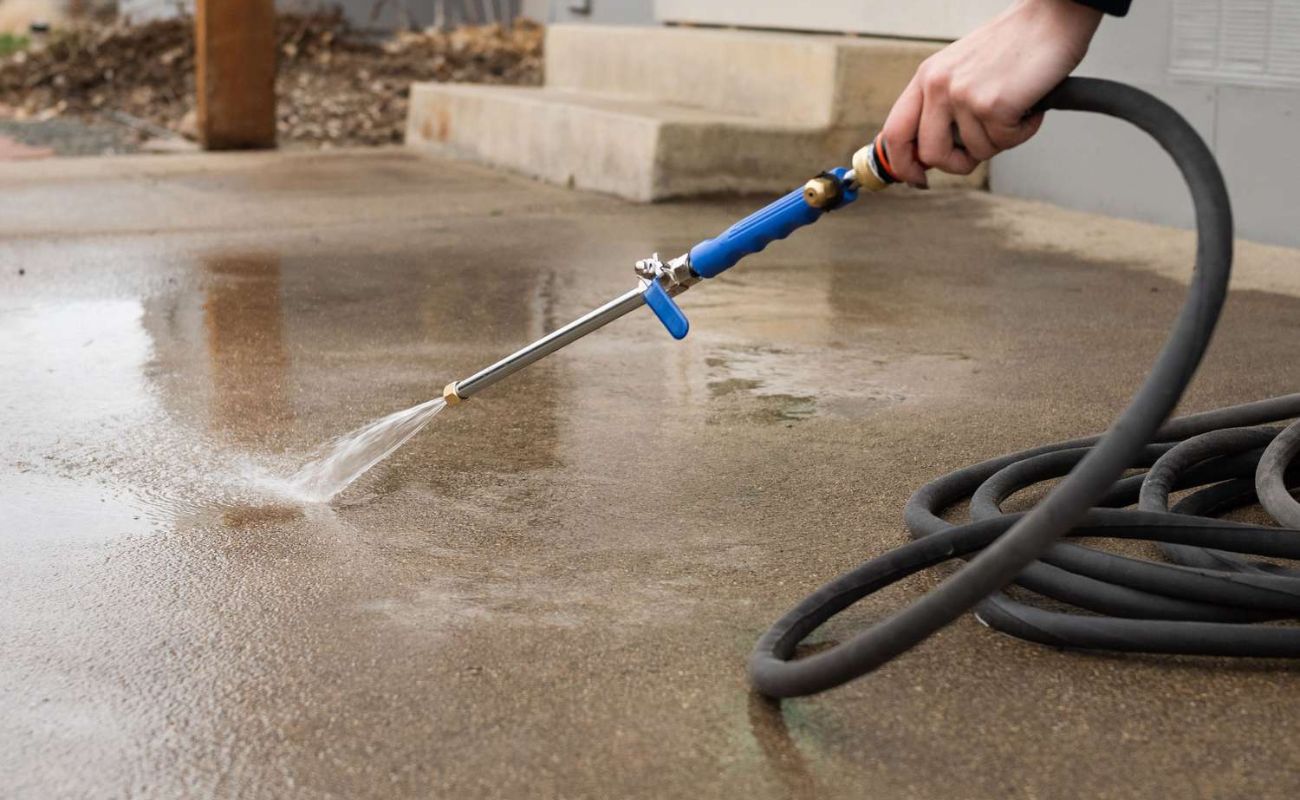
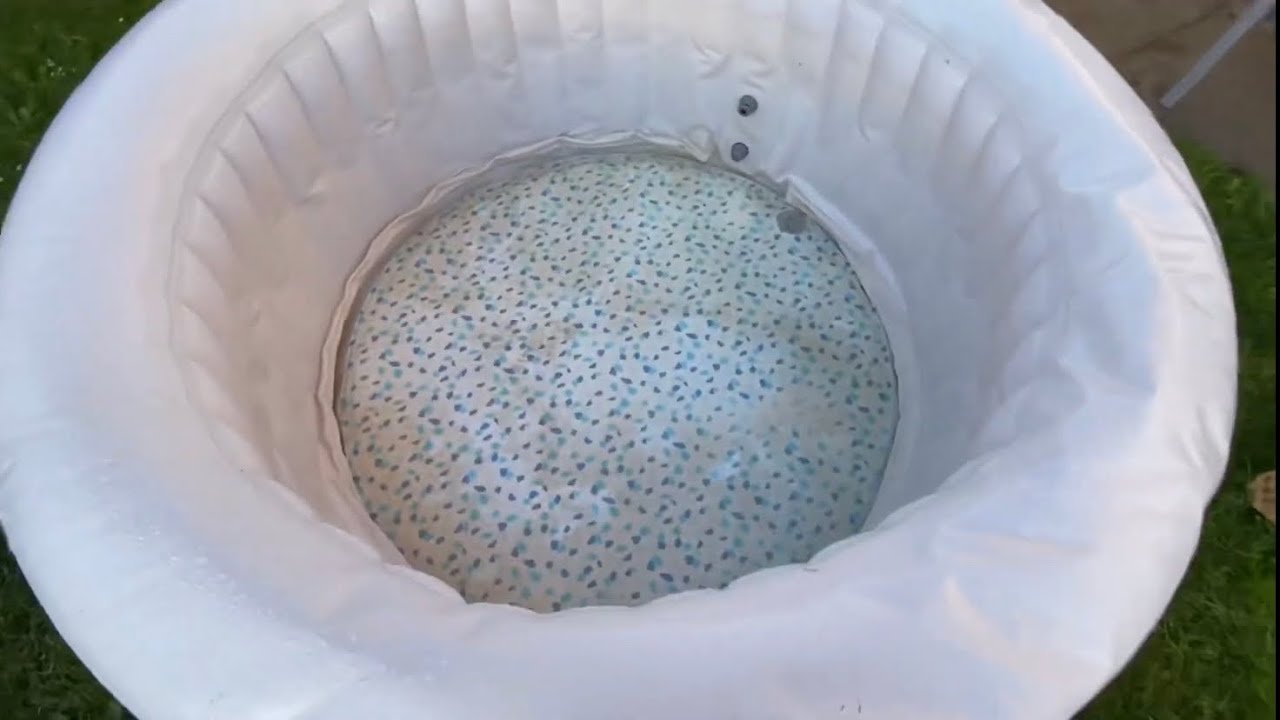
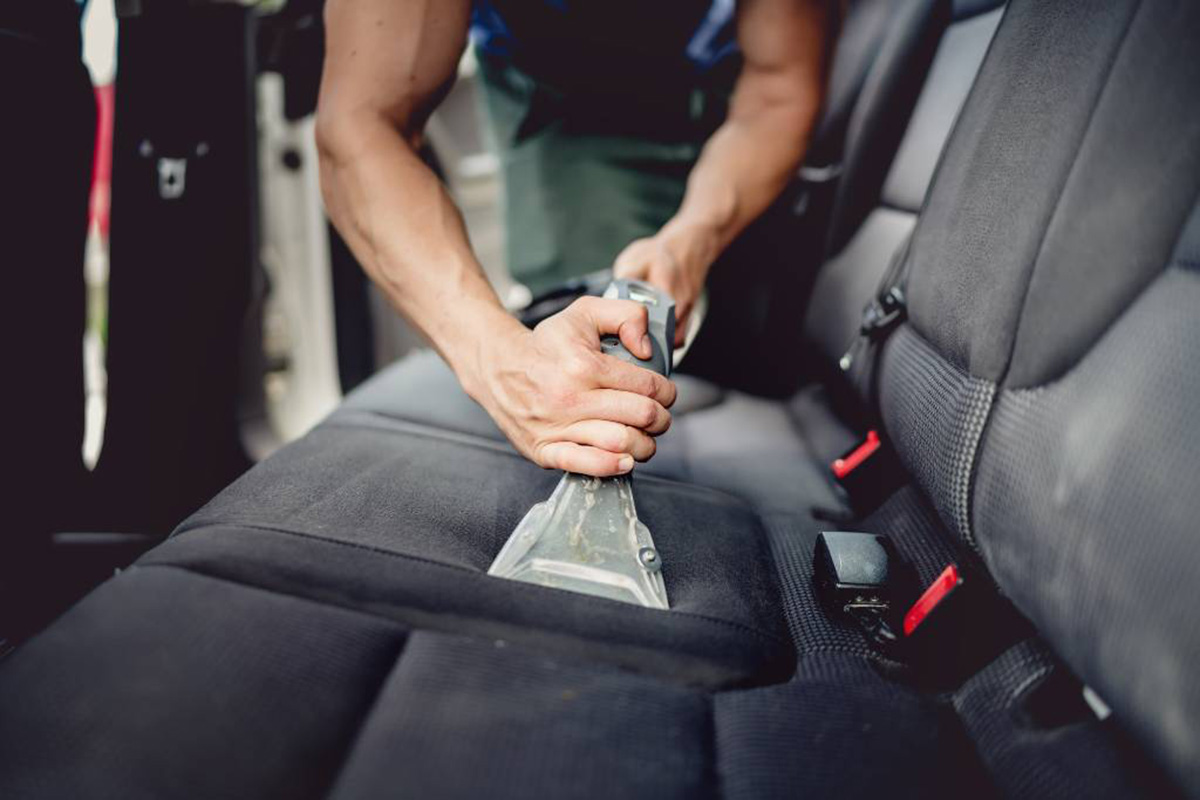

0 thoughts on “How To Clean Mold In Refrigerator”